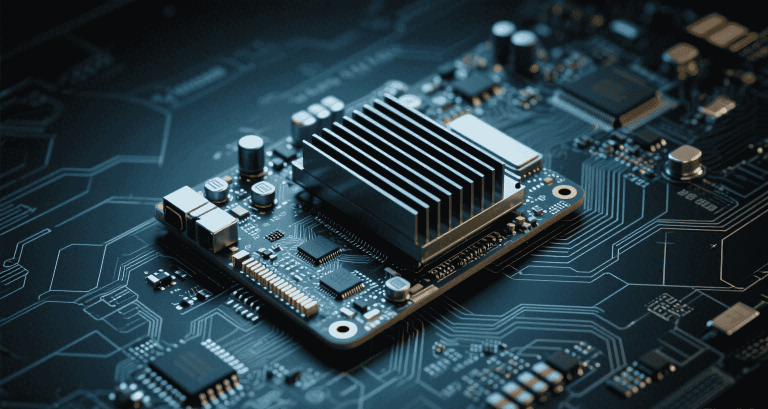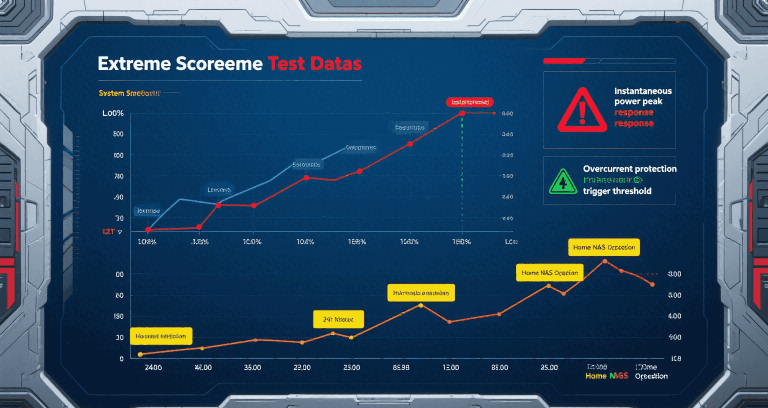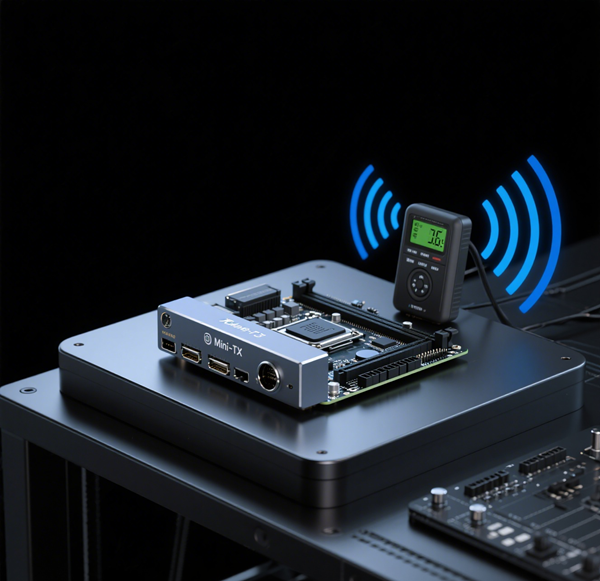Mini‑ITX Board Power Consumption Comparison: Engineering Compact Efficiency with Real-World Metrics
Table of Contents
- Why Power Efficiency Matters in Mini‑ITX Design
- Understanding Power Measurement Metrics
- CPU/SoC Power Profiles in Real Deployments
- Mini‑ITX Motherboard Power Efficiency Factors
- RAM and Storage Energy Impact
- Peripheral I/O and Integrated Device Draw
- PSU Type and Power Supply Efficiency at Low Loads
- Benchmarking Real-World Power Profiles
- Background Tasks, Virtualization, and Idle Inflation
- Performance-per-Watt: Efficiency Benchmarks
- Mini‑ITX vs Mini-PCs: Efficiency and Trade-offs
- Engineering Guidelines for Low-Power Mini‑ITX Design
1. Why Power Efficiency Matters in Mini‑ITX Design
Power draw directly impacts system reliability, thermals, and cost—especially in fanless, remote, or always-on deployments. In NAS setups, HTPCs, or AI edge appliances, system uptime is essential, but so is sustainability and compact thermal design. Mini‑ITX builders—whether consumer or industrial—must address this synergy.
- Low idle power = reduced heat and noise
- Efficiency helps maintain performance-per-watt over time
- Thermal headroom enables passive or semi-passive builds
2. Understanding Power Measurement Metrics
Accurate measurement starts with defining the type of power consumption:
- Idle: OS loaded, no user activity
- Peak: Synthetic full-load (e.g., Cinebench, Prime95)
- Sustained: Continuous real-world workloads
- Sleep: S3/S5 states, usually <2 W
Use reliable tools like Kill-A-Watt meters, or inline USB-C testers. BIOS telemetry (e.g., ASUS Q-Fan) is helpful but limited by resolution and polling interval.
3. CPU/SoC Power Profiles in Real Deployments
APUs and embedded SoCs shine in power-sensitive ITX setups. Let’s compare real-world idle/load behavior:
| CPU | Idle (W) | Load (W) | Notes |
|---|---|---|---|
| Intel N100 | 6.5 | 15.5 | Ideal for fanless builds |
| Ryzen 5600G | 16 | 65 | APU with solid iGPU |
| i3-12100 | 21 | 88 | High IPC, high idle |
“We ran Plex with hardware transcode on a 5600G at 20W sustained under load. Surprisingly efficient.” — Embedded Integrator Forum
4. Mini‑ITX Motherboard Power Efficiency Factors
Motherboards affect draw more than expected—especially via VRM design:
- High-phase VRMs reduce ripple and improve efficiency
- B550 boards often draw 3–7W more idle than A520
- BIOS settings (Smart Fan curves, ASPM) also change power envelope
5. RAM and Storage Energy Impact
Memory and disk selections aren’t just about speed. They also affect thermal behavior and standby draw.
| Component | Idle (W) | Load (W) |
|---|---|---|
| DDR4-3200 (2×8GB) | 2.5 | 4.5 |
| DDR5-5600 (2×16GB) | 4 | 6.2 |
| SATA SSD | 0.3 | 2.0 |
| M.2 NVMe SSD | 0.9 | 4.0 |
| HDD (7200RPM) | 4.5 | 7.5 |
6. Peripheral I/O and Integrated Device Draw
Don’t overlook minor components:
- AX210 Wi‑Fi 6E cards: 1–2 W idle
- Bluetooth stack can spike when pairing
- RGB controllers add 1–3 W continuously
7. PSU Type and Power Supply Efficiency at Low Loads
Efficiency curves vary sharply at low loads:
| PSU Type | Efficiency @ 20W | Efficiency @ 100W |
|---|---|---|
| SFX Bronze | ~65% | 85% |
| PicoPSU (12V) | 90% | N/A |
| SFX Platinum | ~88% | 92% |
Real case: swapping from SFX Bronze to PicoPSU dropped idle from 19 W to 5 W in an N100 build.
8. Benchmarking Real-World Power Profiles
- Idle Tier 1: <10 W (N100, fanless builds)
- Idle Tier 2: 15–30 W (APUs, i3)
- Idle Tier 3: 40+ W (Z790, i7/i9)
Use powertop on Linux or HWInfo on Windows. Monitor external draw using Kill-A-Watt or ATX inline sensors.
9. Background Tasks, Virtualization, and Idle Inflation
Virtualization can bloat idle power. Use LXC containers instead of full VMs where possible.
“Our ESXi node idled at 42 W. Switched to Proxmox + LXC, dropped to 25 W.” — Homelab Power User
10. Performance-per-Watt: Efficiency Benchmarks
Efficiency depends on how much compute you get per watt. Consider real tasks:
- Web rendering: Ryzen 5600G leads per watt
- AV1 decode: N100 is optimal at sub-15 W
- Parallel compile: i5-13400 excels, but idles higher
11. Mini‑ITX vs Mini-PCs: Efficiency and Trade-offs
Mini-PCs with mobile SoCs are more efficient at idle:
| System | Idle (W) | Notes |
|---|---|---|
| Beelink N100 | 5.9 | Soldered SoC, DC input |
| ITX + N100 board | 11.5 | PicoPSU + DIY board |
| ITX + 5600G | 21 | More headroom, higher draw |
Mini‑PCs win on power. ITX wins on expandability.
12. Engineering Guidelines for Low-Power Mini‑ITX Design
- Use 6–15 W SoCs (N100, Ryzen Embedded, Elkhart Lake)
- Disable unused I/O in BIOS (audio, RGB, LAN)
- Use thermal pads under M.2/Wi‑Fi to avoid heat creep
- Apply undervolting: e.g.
Vcore offset -0.05Von Ryzen - Choose DC input or SFX Platinum PSU
✅ Summary
- Power usage depends on platform, not just CPU
- Idle tuning can reduce draw by 2–4× in the same system
- Efficient design starts with board selection and ends with BIOS tuning
For additional comparisons or PDF downloads, visit MiniITXBoard.com.



